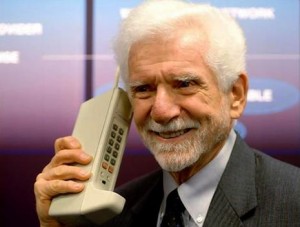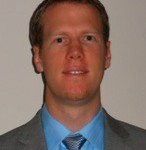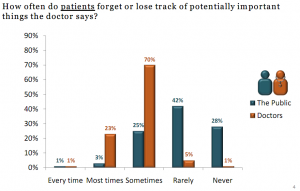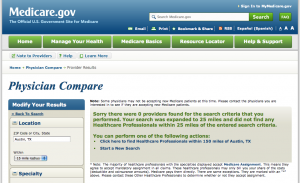My hat and gloves are packed, my boots are ready, although my ice walking skills may have gotten rusty having moved away from the northeast now 8 years ago. Regardless, I think I’m ready to dive in and embrace the winter wonder land that is Chicago, that is this year’s APTA Combined Sections Meeting.
PT Think Tank is going to be covering CSM in full force for those of you who can’t attend. Mike Pascoe, Kyle Ridgeway and myself will all be there and ready to tell you about the goings on either here, on Twitter, or however else we might discover. Dr. Pascoe is also planning some exciting live-blogging events from some sessions, so keep your eyes peeled and tune in REAL TIME from Chicago!
I’ll be representing the Orthopaedic Section as the Public Relations committee chair and performing tasks and attending events related to that role, and I’m excited to be presenting a research platform on Saturday afternoon.
Jason Tonley, PT, DPT, OCS, and Marcie Harris-Hayes, PT, DPT, MSCI, OCS, will be delivering a session entitled, “Don’t Forget to Be Hip: Looking at the Role of the Hip in Lumbar Spine Disorders” at 3:30pm Saturday. Part of that session will include several research platforms related to the topic. I’ll present the hip-spine case series I’ve been working on with Cheryl Sparks from Bradley U. and Derek Clewley from Benchmark in Atlanta. Check us out!
Here is our Twitter info: (Check out #CSM2012)
And check out, @AAOMPT, as it seems like they’re planning some fun, social gigs.
Also, don’t forget the APTA CSM Mobile App. Get it here. It’s way more convenient than trudging to those programming boards! I’m keeping my fingers crossed to see a little white stuff, but I do have some post-trauma from a failed attempt to get to Boston the last time CSM was held in a draft climate, so if it does snow, perhaps Friday night might be a good time. Can we schedule that?
See you there!












